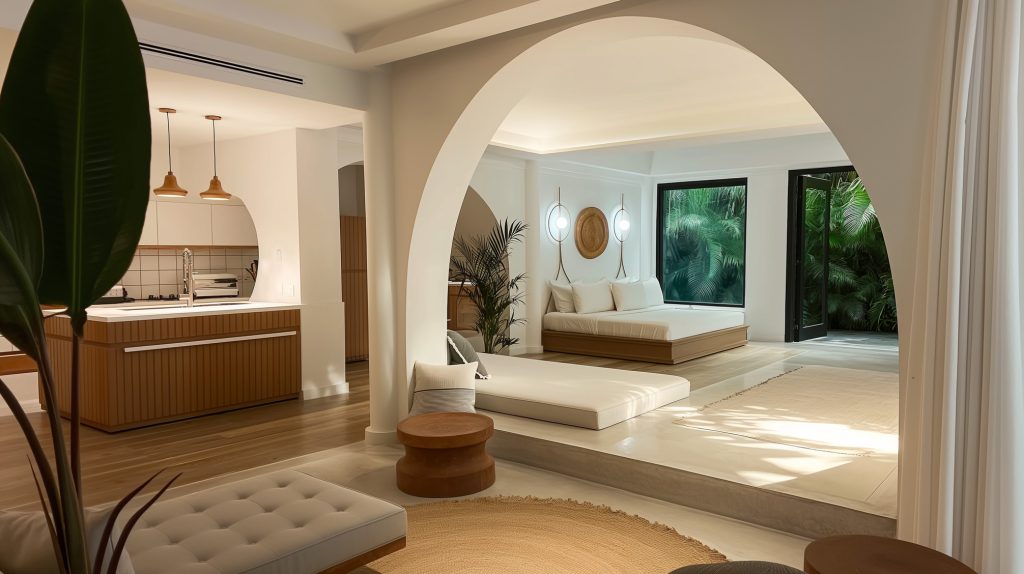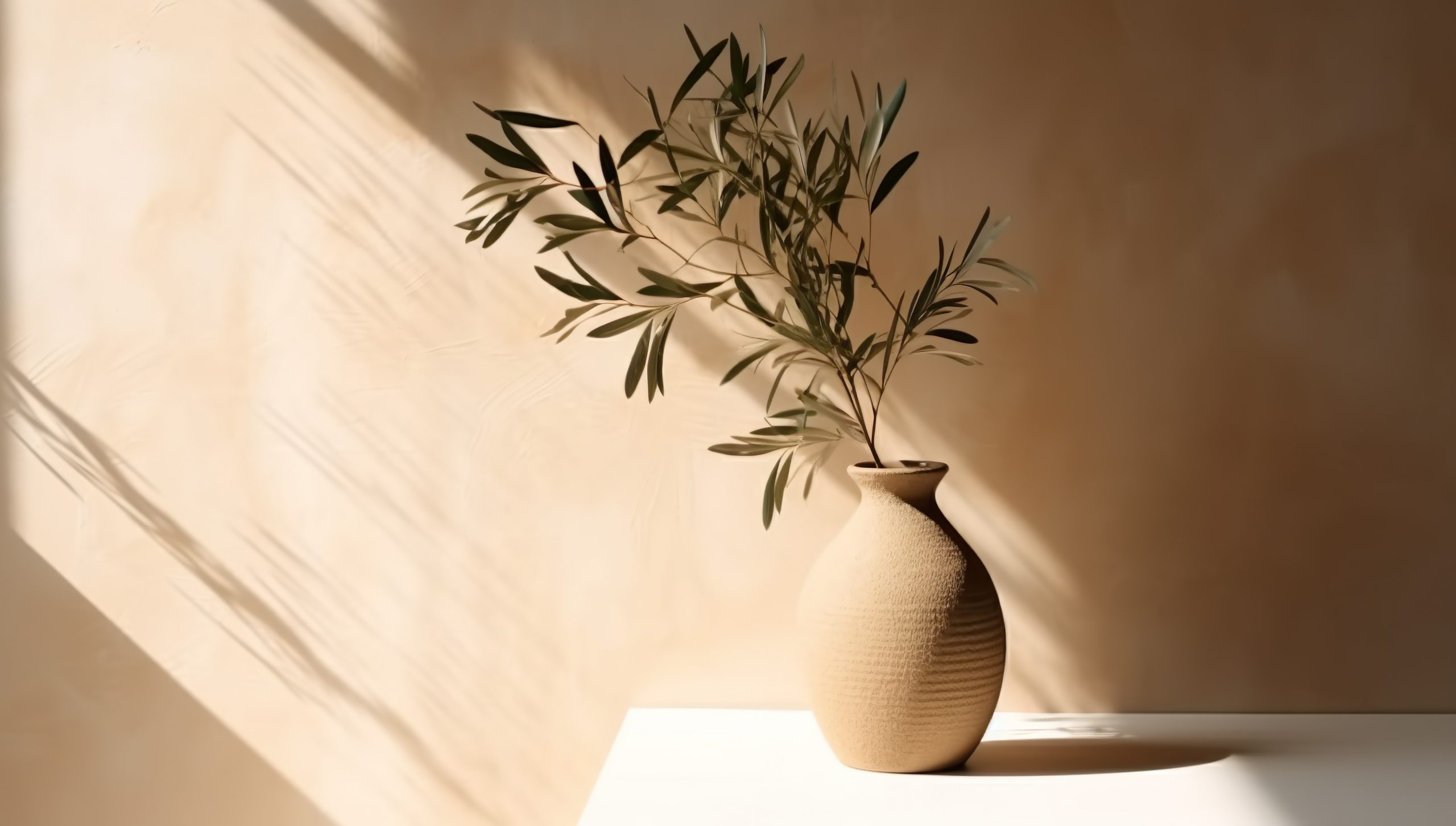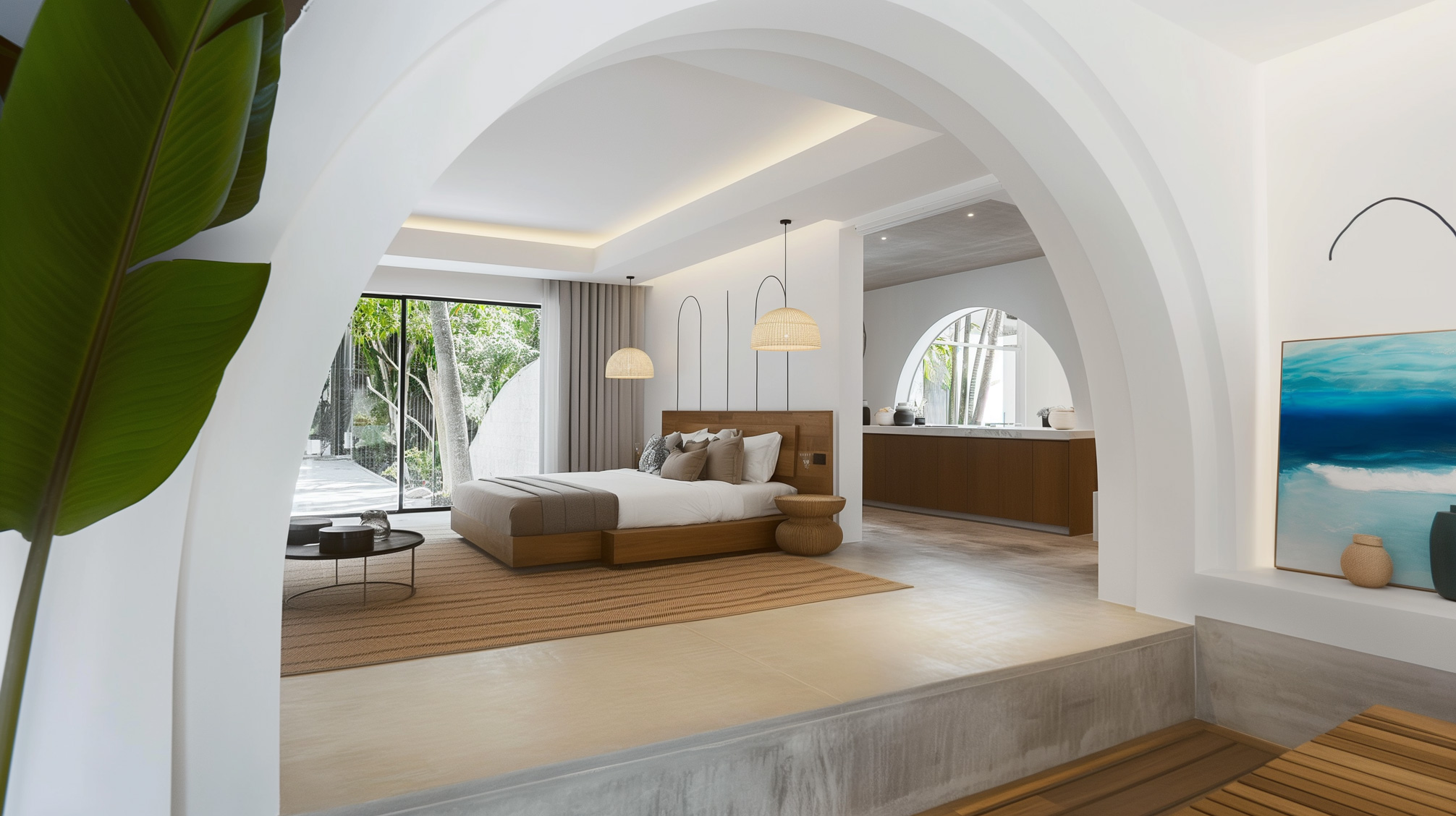Minimalist interior design has become a popular trend in recent years, celebrated for its simplicity, elegance, and focus on functionality. Rooted in the principle of “less is more,” minimalist design creates serene and uncluttered spaces that promote peace and efficiency. Here’s how you can incorporate minimalist principles into your interior design projects:
1. Embrace Open Spaces
Minimalist design thrives on open, airy spaces. Removing unnecessary walls and partitions allows for a seamless flow between areas, making a space feel larger and more inviting. Open floor plans encourage natural light to fill the room, enhancing the overall sense of tranquility.
2. Choose a Neutral Color Palette
A neutral color palette is a hallmark of minimalist design. Whites, greys, and earth tones create a calm and cohesive look, serving as a blank canvas for other design elements. These colors also help reflect natural light, making spaces feel brighter and more spacious.
3. Invest in Quality Over Quantity
In minimalist design, every piece of furniture and decor should have a purpose and contribute to the overall aesthetic. Choose high-quality items that are both functional and beautiful. Opt for timeless pieces that will stand the test of time rather than trendy items that may quickly go out of style.
4. Incorporate Natural Materials
Natural materials like wood, stone, and linen add warmth and texture to minimalist interiors. These elements bring a sense of nature indoors, creating a peaceful and grounded atmosphere. The use of natural materials also aligns with the minimalist ethos of sustainability and simplicity.
5. Focus on Clean Lines and Simple Forms
Furniture and decor with clean lines and simple forms are essential in minimalist design. Avoid ornate details and excessive embellishments. Instead, choose pieces with sleek, understated shapes that contribute to a cohesive and uncluttered look.

6. Declutter and Organize
A clutter-free environment is crucial in minimalist design. Keep surfaces clear and storage solutions discreet. Regularly declutter to maintain a tidy and organized space. By reducing visual noise, you create a more restful and focused atmosphere.
7. Add Thoughtful Accents
While minimalist design is all about simplicity, thoughtful accents can add personality and interest to a space. A piece of art, a well-placed plant, or a carefully chosen accessory can serve as a focal point without overwhelming the overall aesthetic.
In conclusion, minimalist interior design is about creating spaces that are both serene and functional. By embracing simplicity, quality, and natural elements, you can design interiors that are not only aesthetically pleasing but also promote a sense of calm and well-being. Whether you’re redesigning a single room or an entire home, minimalist principles offer a timeless approach to creating beautiful, livable spaces.

